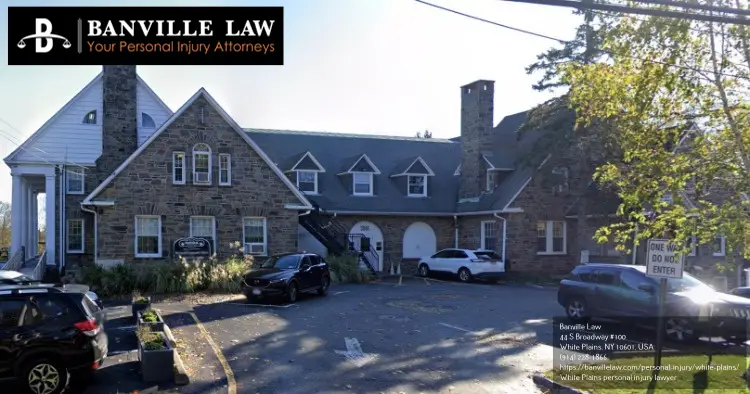
This historical presentation is brought to you by personal injury lawyers in Harrison, NY, at Banville Law.
Located just 22 miles northeast of Manhattan lies the town of Harrison, New York. It was home to Amelia Earhart, the famous female aviator to fly across the Atlantic. Today a monument with a propeller resides in a small park near the Harrison train station.
This land, measuring just over 11,000 acres, belonged originally to the Native American Siwanoy Tribe. John Harrison would become the owner of the land in 1695 after receiving approval from the Native Americans. Legend has it they challenged Harrison with riding his rose around the entire perimeter of the land, without going through any water, in a day or less. Of course, this is mere folklore, but nonetheless, the land would be named Harrison's Purchase.
John Harrison would only own the land for a few more years before selling to the Quakers. In 1724 the first Friend's Meeting House was built. Although the Quakers were against slavery due to their Christian belief, slaves completed most of the construction. Subsequently, the Quakers freed the slaves after finishing the building.
Harrison was also home to many Revolutionary battles. Due to the perfect landscape, the military was able to hide ammunition stores. Soldiers of George Washington were able to store supplies waiting to go up the Hudson River by boat to Tarrytown. The British would be unsuccessful at raiding the supplies at the Horton Grist Mill.
Harrison's Purchase became farmland as well as home to many country houses for the well-known and wealthy. The railroad, built in 1870, would bring more families and immigrants, notably of Italian descent. Land officials sectioned off small lots for the Italians to purchase for farmland. The railroad allowed these residents to commute to the city for work.
In 1929, the Sonnyridge Farm was sold to a real estate developer named Sidney H. Sonn, that worked for H. & S. Sonn, Co. This farm was once home to John Harrison and was located less than half a mile from the railroad station. Sonn converted the land into residential suburbia, with tree-lined streets and English-style houses designed by Julius Gregory. Many New York elites would move to the fashionable neighborhood including the following:
The original Friend's Meeting House built by the Quakers burned down in a fire, but another built by near the Westchester Airport is still used today. In the 1930s, a Frenchman, David Haviland, moved to Harrison and began producing Haviland China. Today Haviland Street and Haviland Road are named after him. These two street signs stand out from the rest in the neighborhood due to their historic wrought iron design. Benjamin Holladay once owned the land where the campus of Manhattanville College lies. He purchased it in 1867, and his elaborate mansion made of granite is now Reid Castle, which once hosted the Siam King and Queen in the 1930s. More historical landmarks that anyone can visit today include the following:
As of 2019, Harrison, New York, has 28,943 residents and still a large Italian population. The median income per household is $109,640. The 2010 racial makeup can be broken down as followed:
See Related: History of The Bear Mountain Bridge in Highlands, NY
If you, or someone you know, has been involved in a slip and fall, call our experienced Harrison, NY, personal injury lawyers to schedule a free consultation.
Banville Law
44 S Broadway #100
White Plains, NY 10601, USA
(914) 228-1866